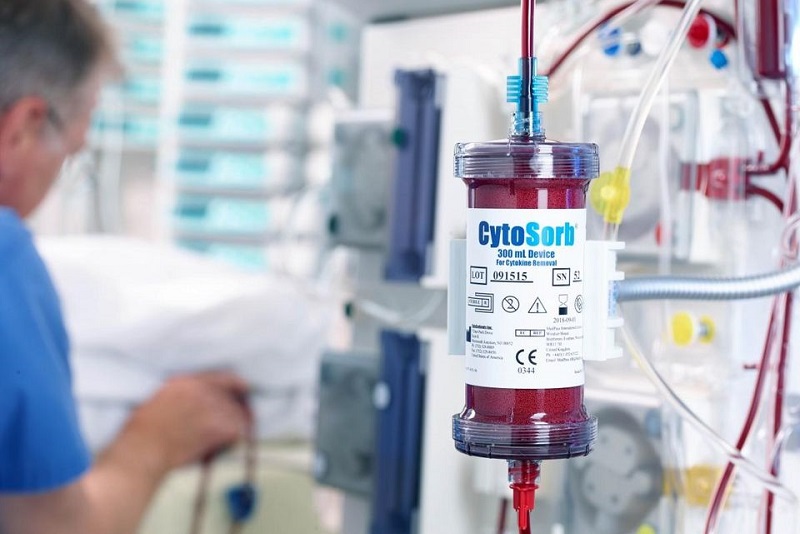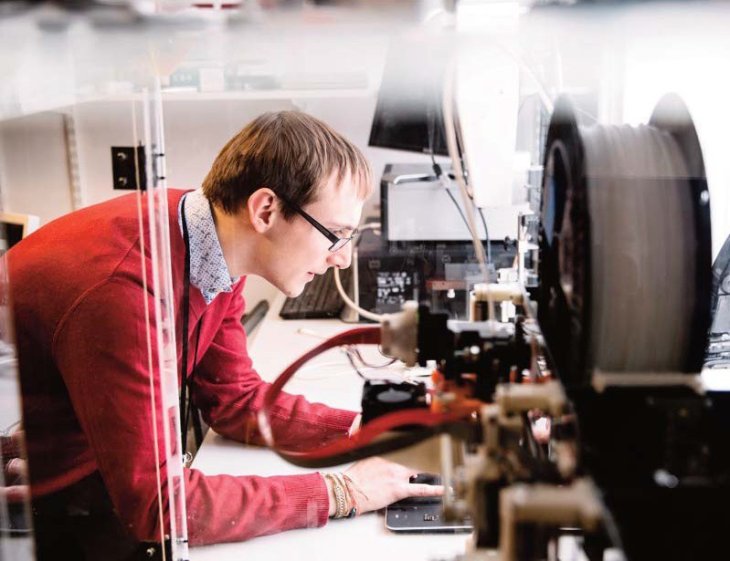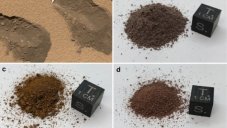This Magnetic Machine Can Pull All Diseases From The Human Body
Harin - Nov 22, 2019

Deadly conditions like leukemia, sepsis, and malaria could be drawn from the body using this magnetic blood filtering system.
- Indian-Origin NASA Researcher Discovers Jupiter Moon Europa Glows In The Dark
- This Smart Bandage Will Heal Wounds That Can't Heal Without Requiring The Patient To See The Doctor
- These Brain Implants Could Electrocute People Out Of A Coma
What if we can use magnets to pull all diseases from our bodies, from deadly viruses that cause blood infections, malia parasites or Ebola virus? The good news is that this might come true after a British engineer successfully developed a blood filtering system.
In his latest research, Dr. George Frodsham came up with this idea of binding magnetic nanoparticles to body cells. While other researchers did this to allow those cells to become visible on scanners, he wondered if he could use the same technique to remove unwanted cells in human blood. He could use a magnetic system in the dialysis machine to suck all these pathogens and magnetic particles out, leaving healthy blood cells.

In theory, this method could be used to treat a variety of diseases caused by bacteria and viruses. It could also be used to filter out blood cancer cells.
This technique is called MediSieve. Human trials are scheduled next year. The first target of the researchers is malaria patients. If successful, the system will be tested on other bacteria and viruses-caused diseases, blood infections, and autoimmune diseases by 2021.
Dr. Frodsham, MediSieve’s CEO, a spin-off company from University College London said:

The working mechanism of MediSieve’s magnetic-based filtering system is similar to that of a conventional dialysis machine. With this system, doctors can gradually take out the blood in the patient’s circulatory system, then add to it magnetic nanoparticles. Each nanoparticle is designed to bind to a specific pathogen.
The doctors then get rid of the nanoparticles binding to pathogens. The clean-off-pathogens blood is then transferred back to the patient’s body.
This process can be done multiple times until the number of pathogens is reduced to a low enough level that they can be destroyed by the immune system or a short course of medications.
The researchers expect such a treatment would last for 2 to 4 hours only. A patient can undergo several treatments. MediSieve’s researchers have realized that there are potential candidates to test their technology. Those are malaria patients. This is because the malaria parasite will naturally be magnetized when it enters the body of the patient and targets iron-rich red blood cells.
The fact that the malaria parasite will be magnetized once it enters a human body will help the researchers skip the first step in their method as they don’t need to inject the patient with magnetic particles. When talking about the success rate of this technology, Dr. Frodsham said that we would never reach a success rate of 100% with this kind of technology. But you could expect around 99% to be eliminated. With the remaining amount of parasites, the body’s immune system will be in charge of getting rid of them. Or if necessary, doctors can prescribe a patient with a short course of medications.
Besides malaria, MediSieve is also expected to work on blood cancer patients, like those with leukemia.
Featured Stories

Features - Jul 01, 2025
What Are The Fastest Passenger Vehicles Ever Created?

Features - Jun 25, 2025
Japan Hydrogen Breakthrough: Scientists Crack the Clean Energy Code with...

ICT News - Jun 25, 2025
AI Intimidation Tactics: CEOs Turn Flawed Technology Into Employee Fear Machine

Review - Jun 25, 2025
Windows 11 Problems: Is Microsoft's "Best" OS Actually Getting Worse?

Features - Jun 22, 2025
Telegram Founder Pavel Durov Plans to Split $14 Billion Fortune Among 106 Children

ICT News - Jun 22, 2025
Neuralink Telepathy Chip Enables Quadriplegic Rob Greiner to Control Games with...

Features - Jun 21, 2025
This Over $100 Bottle Has Nothing But Fresh Air Inside

Features - Jun 18, 2025
Best Mobile VPN Apps for Gaming 2025: Complete Guide

Features - Jun 18, 2025
A Math Formula Tells Us How Long Everything Will Live

Features - Jun 16, 2025
Comments
Sort by Newest | Popular